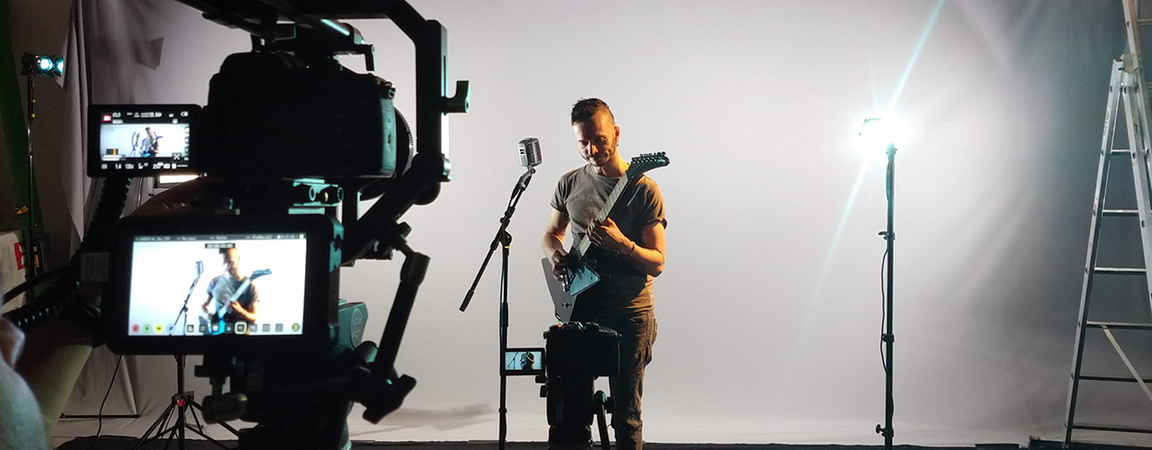... or a set-up for greater demands?
Actually the platform Twitch is especially popular with gamers. In times of the Corona crisis, however, they discover artists and musicians as an online stage for themselves. The advantage: Membership is free, your fans don't necessarily need an account to follow your gigs. Also great: Not only your own followers are reached and your streams can be saved. In other countries, the platform Stageit is popular. It specialises entirely in concert streams. Unlike Twitch, registration is required here to follow your concert as a fan. Streams cannot be saved, but there is a donation-based paywall so that you earn something as a band.
In general, the more people you want to reach, the more platforms you should use at the same time. This works with the help of so-called simulcasting providers. The big advantage: You are as visible as possible and offer your fans different digital ways to follow your concert. What's more, you can manage the comments that come in via the streaming platforms in one place. This way you can keep track of how many fans are watching you from where.




